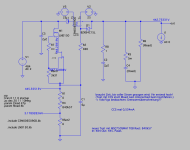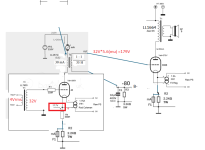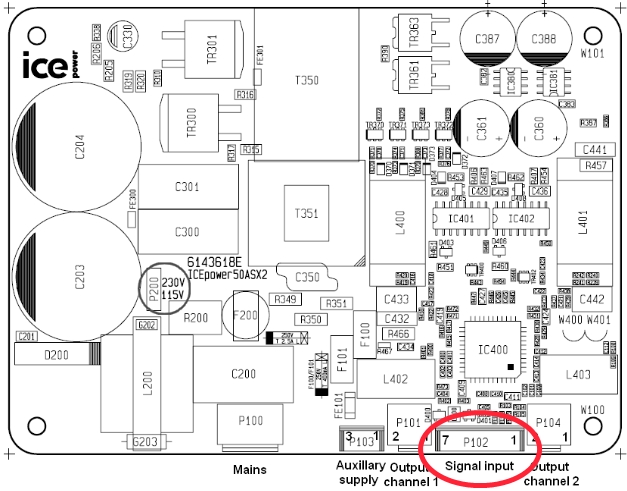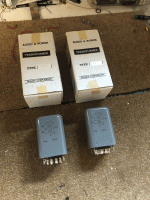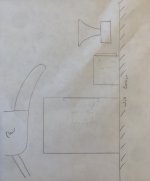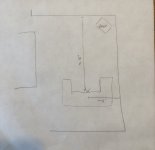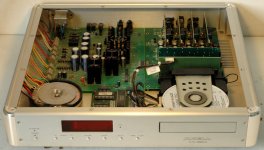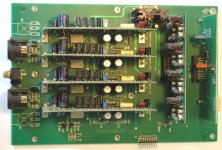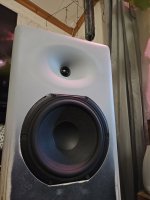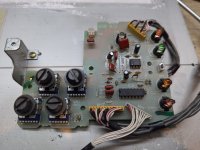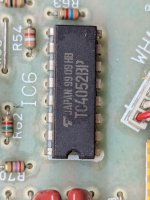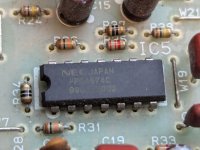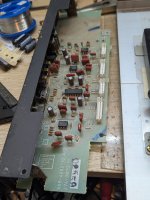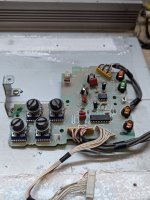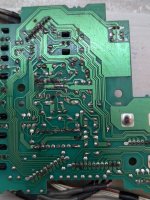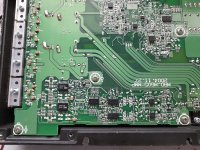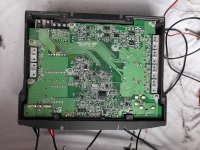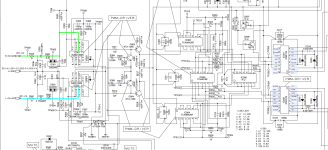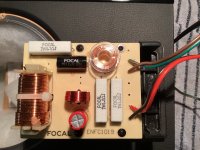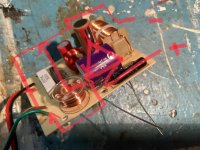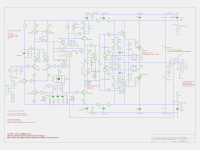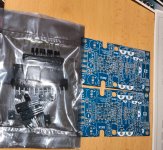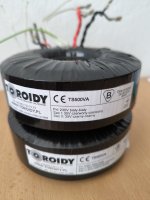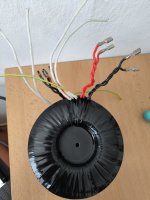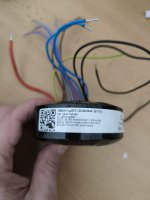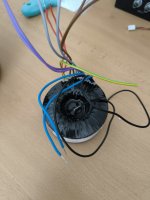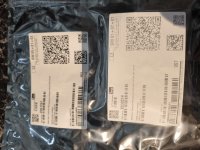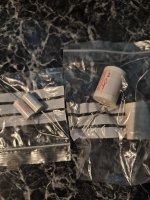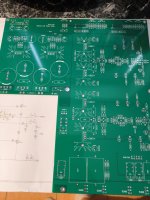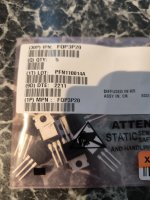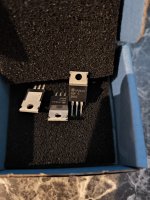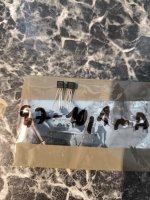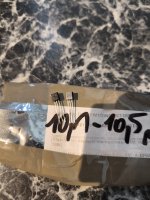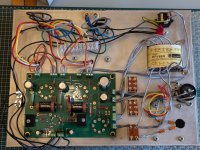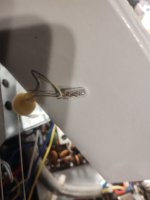Hello all.
I have a thumping great Fidek/Azatom iBigboy 2AD BTX ICD that I use outside. It's heavy, loud and has phenominal bass. I love it but I've blown one of the speakers and need to replace it. Information about the device is sparse and tech help non-existent, so I've come here in the hope that someone can help me match the speaker to the device.
The audio section includes a Class D Yamaha amp with a 10" woofer and two 5" coaxial speakers. I have blown the tweeter in one of the coaxials so am trying to replace both of them with 5" or 6" coaxials of a similar power rating and quality (or better). But I have no idea what spec they are and no way of finding out.
These are all the specs given for the iBigBoy in the manual:
OUTPUT POWER :
UR CH (Nominal): 30W+30W THD = 1% 8 ohm
SW CH (Nominal): 64W THD = 1% 4 ohm
RMS: 240W. PEAK: 500W
FREQUENCY RESPONSE:
UR CH (200Hz-20KHz at +1 I -2dB)
SW (40Hz-200Hz at +4/-13dB)
SENSITIVITY:
UR:550mV SW:200mV
OVERLOAD SOURCE e.m.f.: >2V
SEPARATION: >55dB
S/N: >70dB
Less authoritative info I've found (so not too sure whether to believe it or not) includes:
Impedence: L/R: 4 ohm, Sub: 4 ohm
Sensitivity: 90dB +/- 3 dB
Frequency Response: L/R: 200 - 20Hz, Subwooder: 20 - 200Hz
The existing speakers do not include a crossover and have four wires (two for main speaker, two for integrated tweeter). I assume the speakers are 'full range' with the 200hz and below filtered off to the 10" bass speaker via another crossover.
So my question is: what power rating and impedence should the replacement coaxial speakers be to get the best and loudest sound out of this beast? (I can adjust the holes in the cabinet as required.)
So far, all I've found are these but have no real idea if they'll do the job (I'm guessing not):
nominal impedance of 4 ohms, a frequency response of 36-20,000 Hz, a sensitivity of 90 dB, and a rated power handling of 40 watts.
https://www.soundimports.eu/en/sb-acoustics-sb16pfcr25-4-coax.html
Thanks for any help with this.
